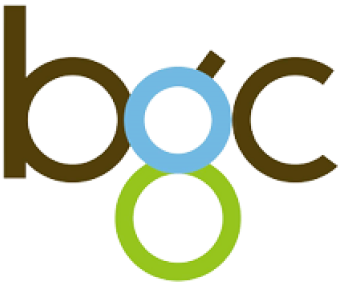Human beings are wired to make quick decisions. Known as the fight or flight response, this reaction is so ingrained in us all that sometimes, it spills over into the recruitment landscape. The same goes for our individual biases. These unconscious biases are often the result of years and years of absorbing information randomly. How we’re brought up, how we’re socialised both in our early and adult years, form the different types of unconscious biases in us. The amount of exposure we get to diversity at a young age also helps determine this. In fact, this form of bias is so common that the Tripartite Alliance for Fair and Progressive Employment Practices (TAFEP) has set rules to prevent unconscious biases at every stage of recruitment.
As a recruitment outsourcing agency in Singapore, we’ve familiarised ourselves with the basics of unconscious biases. However, in this article, we’ll be focusing on the different types of biases that reduce diversity within organizations in Singapore.
Importance of Diversity in Singapore Offices

Before we begin, we’d like to discuss the different benefits that diversity brings to the Singapore office. Some benefits that workplace diversity brings to the workplace include less turnover rates, unique perspectives, and better profits to name a few. But in an age and era where appearances matter, diversity can be helpful when it comes to preventing PR disasters. Having a varied workforce allows employees to educate one another on the different views less exposed employees might have on race, religion, sexuality and age groups.
Another major benefit that diversity brings is free training and education. Employees are used to educating one another, out of friendship or even to just get work done smoothly. This is especially evident in a multigenerational office — where employees both young and old participate in an exchange of ideas and knowledge. It could save the company a lot of money and time on training and retraining staff!
Let’s move on to the common hiring biases that reduce diversity in your organization. Some of these might shock you!
Common Hiring Biases in Singaporean Offices

A. Beauty bias
Beauty is in the beholder of the eye. Whilst pretty privilege is quite a taboo topic in certain circles, it is a potential for numerous problems in the recruitment and hiring landscape. Beauty bias usually occurs alongside other forms of biases. According to this article, some recruiters and companies might try to find and interview candidates who bear a resemblance to the person leaving the job. Another reason why many buy into beauty biases is simply because some of us are subconsciously more attracted to those we believe to be
B. Ageism (age bias)
In a world where tech and IT jobs are exploding, it is easy to spot growing ageism. Unfortunately, it is common for employers to have negative attitudes towards older workers. Employers who buy into ageism might believe that older workers are less healthy, less educated, less skilful, and less productive than their younger counterparts.
However, your organization might miss out on a number of advantages when they choose to not employ older and mature workers. One of the main benefits of age diversity is that mature workers have the ability to share their different experiences with younger workers. Helping them support individuals with a unique take on problem solving.
Experience also brings other benefits such as leadership skills, and a strong work ethic to boot. If money talks, you’d be interested to know that skilled mature workers would allow your organization to qualify for government subsidies.
C. Affinity bias
Have you seen this Reddit post? The post described how an individual felt discriminated against during the interview after seeing the other candidate mesh well with the interviewer. The Redditor even mentioned that both the “…candidate and job interviewer resembled twins”. If this is true, then this is a great example of affinity bias. Affinity bias occurs when recruiters, interviewers, and employers feel a natural affinity to interview candidates. Often, this affinity is due to something that both the interviewer, or employer shares with their candidate. Examples can include the same hometown, same school or universities, or even having connections with the same people.
Affinity bias can even extend to other more controversial factors such as race, religion and other major lifestyle factors. The major downside to affinity bias is that it limits creative thinking. According to a research conducted by Harvard Economics professor Richard Freeman, individuals with more intercultural relationships were more creative and entrepreneurial compared to others. The research concluded that not only does the exposure to diversity have an impact on one’s creativity. The depth and degree of immersion can also lead an individual to have more personal and professional breakthroughs. Finally, affinity bias can also lead to similarity attraction bias. Which occurs when recruiters or employers hire job seekers who they believe share similar traits!
D. Peer pressure
Peer pressure isn’t limited to just schools and your teenage years. Human beings are social individuals for the most part, we want to assimilate and belong. During the interview stage, a recruiter with an opposing view might be afraid to speak up – leading the hiring committee to hire a candidate that could be the result of other hiring biases.
One way to deal with these common hiring biases is to engage the services of a trusted recruitment agency. Trained recruiters from a third party agency would be less likely to succumb to the biases featured above!




